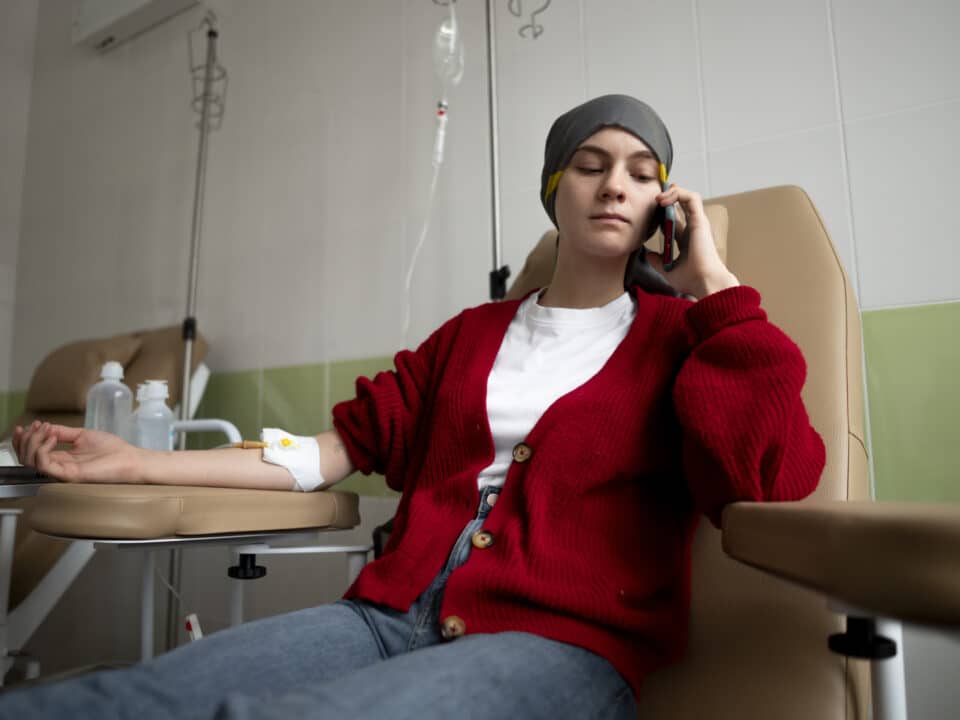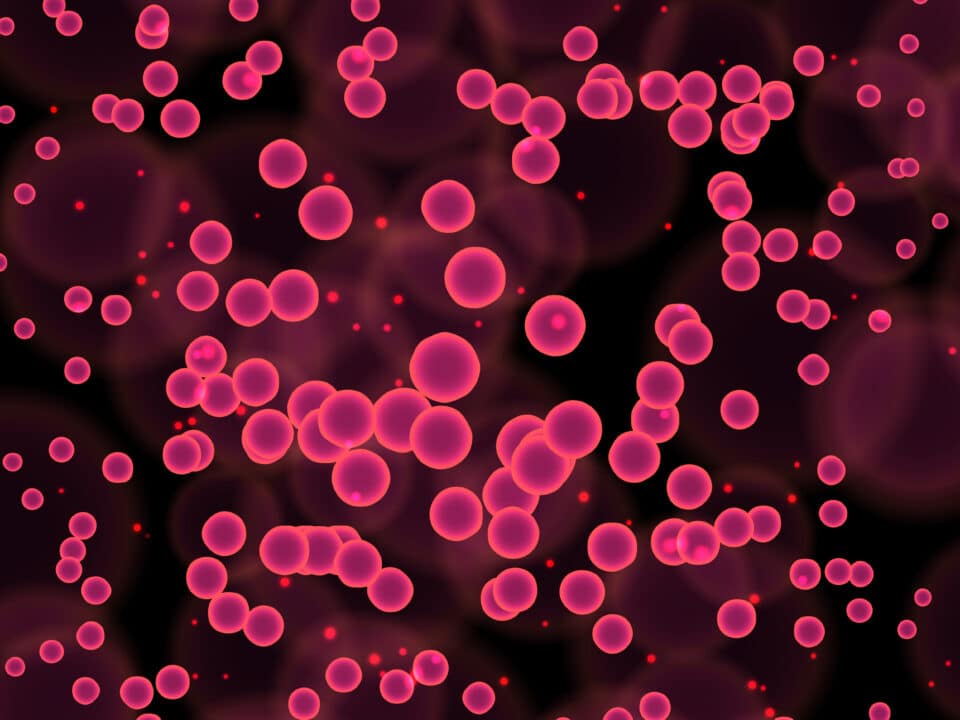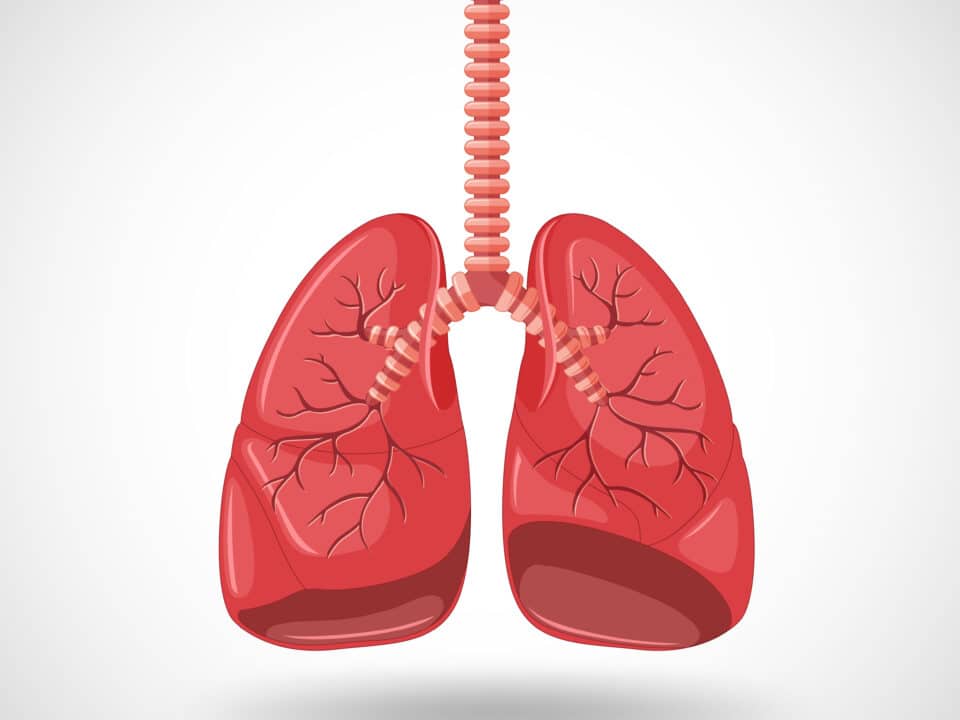- Immediate contact :
- +1-323-988-5889
- info@sifveinfinder.com
Efficacy of Vein Finder for Peripheral Intravenous Catheter Placement in Preterm Infants
April 5, 2021Hemochromatosis Treatment assisted by vein finder
May 11, 2021Polycythemia is a blood disorder in which the body’s red blood cell count rises. As a result of the extra cells, blood gets thinner, increasing the risk of health complications such as blood clots.
Increased hematocrit (the ratio of the number of red blood cells to the total volume of blood) or haemoglobin concentration are the most common symptoms of polycythemia (haemoglobin is a protein responsible for transporting oxygen in the blood).
It can be affected by a number of conditions, each with its own range of treatment options. Polycythemia is treated by addressing the underlying signs and, if possible, finding ways to reduce blood cell counts.
There are two types of polycythemia:
* Primary polycythemia which also called polycythemia vera (PV): is a rare, slow-growing blood cancer that is a type of condition known as a myeloproliferative neoplasm. PV causes the bone marrow to create excess precursor blood cells that develop and function abnormally, leading to the production of too many red blood cells.
* Secondary polycythemia that can occur if the increase in red blood cells is not due to the myeloproliferative disease of PV. It is mainly caused by being at a very high altitude, obstructive sleep apnea, certain types of tumor, and heart or lung disease that causes a low oxygen level in the body.
Treatment choices for polycythemia vera and other syndromes are more limited. The most important aspect of the procedure is phlebotomy (blood drawing or bloodletting). Some medications have been considered in conjunction with phlebotomy to prevent excessive red blood cell growth.
Haematologists tend to use a vein finder since phlebotomy is such an integral part of treating polycythemia. The Vein Finder SIFVEIN-5.2, for example, can understand the original location prediction and increase the vein detection rate, making medical professionals’ work easier.
Vein finder SIFVEIN-5.2 has a different wavelength; to allow the absorption of light by oxyhemoglobin in surrounding tissues and vessels. After photoelectric conversion and image processing, the information is filtered to display veins on the screen.
It is used to find veins at ease. Observe search for subcutaneous superficial blood vessels and for assisted puncture. Such as assisted venous diagnosis and intravenous injection.
During hospital care, the SIFVEIN-5.2 aids in the identification of the proper vein. Nurses may clearly keep the device over the skin to see the veins that are visible on the surface. Vein finders are simple to use and can greatly reduce patient anxiety while saving time for both nurses and patients.
References: Polycythemia Vera: Doctor Discussion Guide, High Red Blood Cell Count (Polycythemia) Symptoms, Types, Causes, Diagnosis, Treatment, and Life Expectancy, Polycythemia: Everything you need to know,
Disclaimer: Although the information we provide is used by different doctors and medical staff to perform their procedures and clinical applications, the information contained in this article is for consideration only. SIFVEINFINDER is not responsible neither for the misuse of the device nor for the wrong or random generalizability of the device in all clinical applications or procedures mentioned in our articles. Users must have the proper training and skills to perform the procedure with each vein finder device.
The products mentioned in this article are only for sale to medical staff (doctors, nurses, certified practitioners, etc.) or to private users assisted by or under the supervision of a medical professional.




